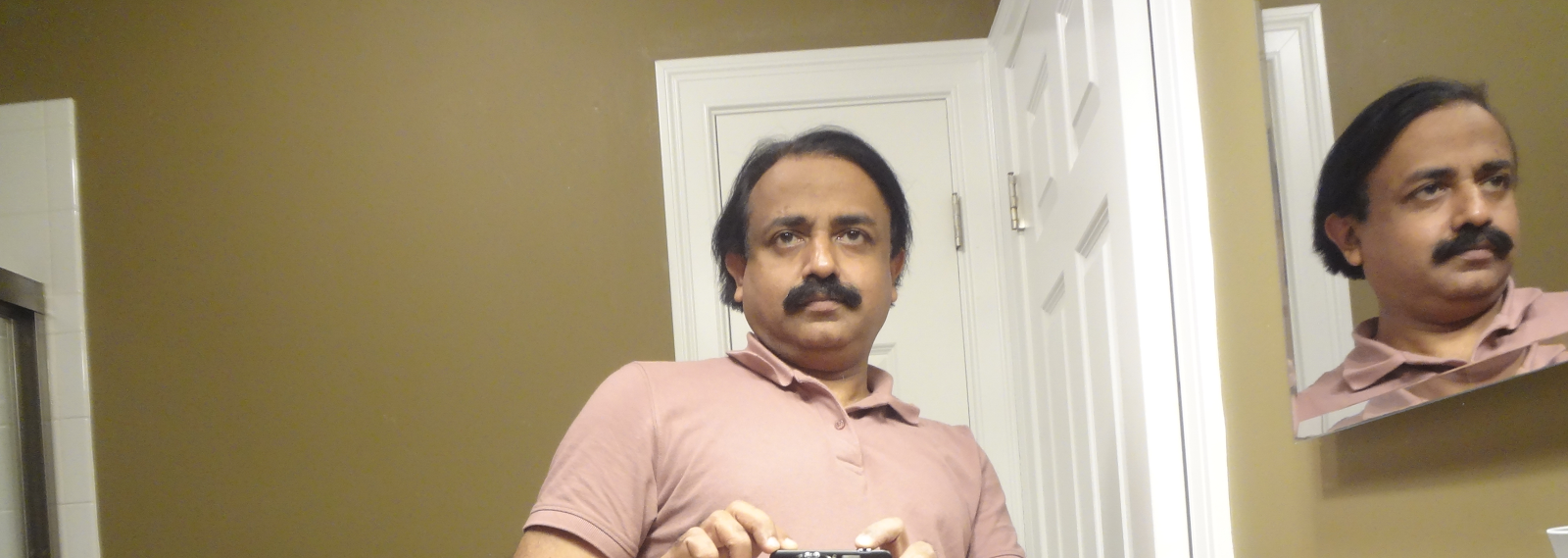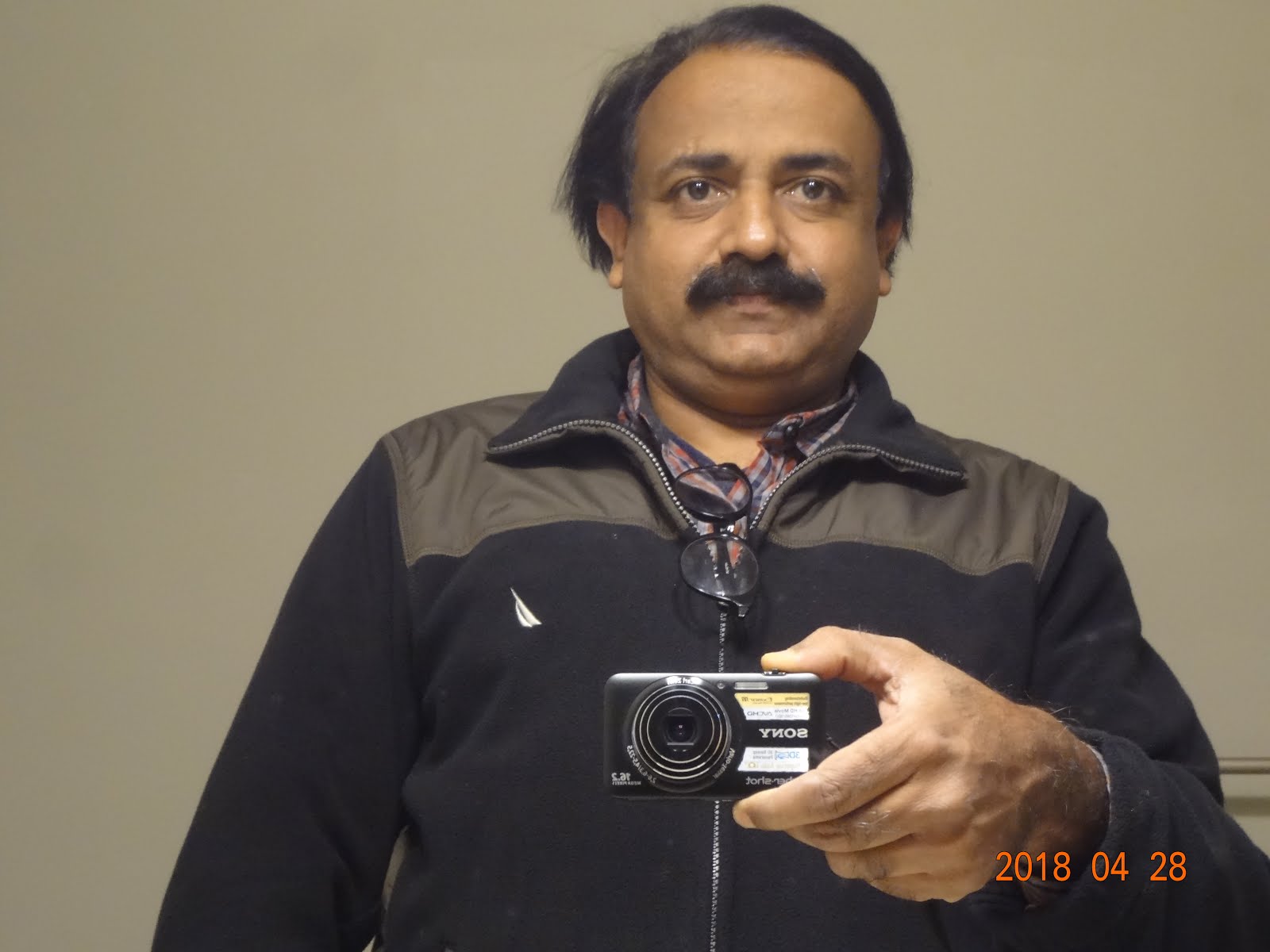
I interrupt my series on People who influenced me to include a title "Ideas that influenced me". The idea I got introduced in early nineties when I was practicing touch typing on an old miniatute type writer was in an article by Kenneth E. Boulding " The evolution of riches". I recently got hold of the practice typescript and decided to include the same here not only for its content but also for the thinking process of grafting one idea on to another. Since Kenneth Boulding is the person here is his picture as well.
THE EVOLUTION OF RICHES
Kenneth E. Boulding
Why did science develop in Europe and not in China, much more advanced technologically in 1400 and seemed to be much more ready for it? The question why some societies develop and others do not or even retrogress- sometimes called the “Needham problem” after the great historian Joseph Needham- is one of the most difficult in the interpretation of human history.Needham confesses he still does not know the answer after 11 or 12 volumes.
Why did Europe an obscure peninsula on the edge of the civilized world in the year 1000, explode all over the world after about 1450? Why did modern Japan join the modern world so quickly after 1870 when China and India found it so difficult? Why did Australia continue to get richer after World war II while Argentina stagnated economically and went over a cliff politically? Coming closer will the US after its brief splendour lapse into stagnation and mediocrity as so many societies have done?
I have argued that modern evolutionary theory can throw a great deal of light on such a question of development although I am not sure it can come up with final answers. It is no accident that development has essentially the same meaning as evolution though it does perhaps have more overtones of human valuations about it.
Development means change for the better and we have the feeling that evolution from the first appearance of DNA to ourselves also represents development according to human values that we are in the same sense better than the amoeba and the dinosaur. The capacity of an organism to evaluate things, play an important role in the evolutionary process because it has survival value.
It is not unreasonable to regard human history and development as an extension of the evolutionary process of evolution changes as it produces change. Biological evolution is different from chemical and physical evolution and societal evolution is different again even though there are profound structural similarities.
Fit to survive
The great Darwinian concept of mutation and selection still dominates evolutionary theory, although our concept of what constitutes mutation and selection has changed profoundly since Darwin. Selection now seems to be a very complex process of ecological interaction.
Darwin’s metaphors here were most unfortunate. The survival of the fittest, a concept he got from Spencer means nothing. If we ask fit for what the answer is fit to survive and all we have is the survival of the surviving and we know that anyway in reality “what survives is what fits” into the complex structure of ecosystems. “Survival of the fitting” would be a better metaphor.
Ecological interaction takes place through the very complex relationships that determine the birth and death rates of a species. A species will survive if it has a niche that is an equilibrium population at which its birth and death rates are equal allowing for certain fluctuations. The birth and death rates depend upon its own population and also on the population of all the other species with which it is in contact including not only the biological species but also physical species and human artifacts . some of these relationships are co operative, some competitive some are productive. But they all add up to survival if the species has a niche, some population at which its birth and death rates are equal.
Mutation is simply another word for change. In biological evolution the more significant changes are of course in the genetic structures. Changes in environmental variables – climate, temperature, rain fall and so on are also very important. Biological genetic mutations are not strictly random. For any given structure the probability distribution of mutations that could take place from it. Some are more probable than others, but there is widespread agreement that a mutation is not much related to the life experience of the organism for which the genetic structure is a programme. Biological evolution at least is not teleological, that is the future which the change determines does not affect the change itself. This is because all that the gene has is know how, it has very little “know what” or “know why”.
However once we get to the human race and to the societal evolution the capacity of human beings for know what and their interest in know why become of great importance. Mutations in human society consists of new ideas, new inventions, new organisations new philosophies, new discoveries and so on most of which involve know what and know why. An increase in know what often produces a considerable increase in know why as we see with the extraordinary technological impact of the scientific revolution.
The concept of selection through ecological interaction however still remains. The principle here is that mutation will not be successful unless it produces a new species. Whether this is a horse, an automobile that has an empty niche that is something that would have an equilibrium population in the ecosystem if it existed,it is very clear that Australia had an empty niche for rabbits, l European type people and artifacts and automobiles.
Just because there is an empty niche does not mean that it will be filled. The mutation that would fill it may not occur. This means that evolution has a profoundly indeterministic element to it. It is not at all like celestial mechanics. The occurrence of mutation of very low probability has had a profound effect on it, and non occurrence perhaps an even more profound effect although it is very hard to know what did not happen that might have happened. The world as it exists today is a result of a long series of probable events that could have easily gone the other way.
This does not mean however that there are some patters are more probable than others. Our images of the future about what our decisions are made are always uncertain but they do have structures of greater or less probability. As I have sometimes said, we have to be prepared to be surprised by the future, but we don’t have to be dumbfounded, which means that as our skills improve we can make decisions that are better than the others we might have made.
What light does this throw on the different patterns of development of different societies? It is clear that if there are no empty niches there will be no development. A society that suppresses anything different from the present that has a rigid orthodoxy that is intolerant of all dissent that thinks it knows all there is to know will clearly be pretty stagnant. Islam after about 1300, Spain of the inquisition, China under the gang of four, are all possible examples . The English toleration of dissent in the18th century had something to do with the Industrial Revolution and the separation of the church and the state in the US has something to do with its economic development.
Another fundamental thing could be the protection of infancy. A potential species may have a niche in an ecosystem if its population gets to be large enough but it may have to get over a hump in its population size below which it may not survive.
The infant industry argument in economics is an interesting case. An industry may not survive if it fails to grow beyond a critical size but would prosper if it is large enough. The development of the human brain almost certainly had something to do with the fact hat the ancestors of homo sapiens developed child care and long infancies. The case for subsidising innovation in their early stage rests some what on this premise.
A third principle is that the rate of mutation itself is important though what determines this is very hard to say. We seem to know very little about this even in this biosphere. But what it is in the structure of the human being that makes some people bubble over with ideas and very creative and others dull and conventional we really do not know. Now do we ever think up something that we have not thought of? There are probably immense processes of random search and selection unconsciously in the human mind.
We could argue of course that the human capacity for innovation is very constant and that differences lie in the degree to which it is encouraged or suppressed. This would suggest that perhaps there is some optimum degree of ecological interaction but this is very hard to identify.
For instance one possible explanation of the development of science – the Needham problem - is that china was too well organized and Europe had the optimum degree of disorganisation. It was in the interest of the Mandarins not to rock the boat too much. In Europe there was separation of church and division into nation states so that Copernicus got away with it in Poland, Tyco Brahe in Denmark, Kepler in Prague and so on. The Romans would certainly have suppressed any rise of science.
The ideal situation seems to be islands in occasional contact. We need islands for infant protection to give mutations smaller humps over which they must get in order to survive.
If the island is too isolated, however, it will not have enough mutation, migration is a very important element in mutation in the evolutionary process, the migration of ideas as much as species. This is perhaps why my ideal world is a world of walled garden with doors – 500 independent nations in stable peace, each with its own culture and identity its own capacity for individual mutation but also related by travrl, trade and functional world organisations. In all this too we have to remember that most changes are adverse, most mutations do not survive and most ideas are bad ones.
SCIENCE DIGEST JUNE 1983
Kenneth E. Boulding
Why did science develop in Europe and not in China, much more advanced technologically in 1400 and seemed to be much more ready for it? The question why some societies develop and others do not or even retrogress- sometimes called the “Needham problem” after the great historian Joseph Needham- is one of the most difficult in the interpretation of human history.Needham confesses he still does not know the answer after 11 or 12 volumes.
Why did Europe an obscure peninsula on the edge of the civilized world in the year 1000, explode all over the world after about 1450? Why did modern Japan join the modern world so quickly after 1870 when China and India found it so difficult? Why did Australia continue to get richer after World war II while Argentina stagnated economically and went over a cliff politically? Coming closer will the US after its brief splendour lapse into stagnation and mediocrity as so many societies have done?
I have argued that modern evolutionary theory can throw a great deal of light on such a question of development although I am not sure it can come up with final answers. It is no accident that development has essentially the same meaning as evolution though it does perhaps have more overtones of human valuations about it.
Development means change for the better and we have the feeling that evolution from the first appearance of DNA to ourselves also represents development according to human values that we are in the same sense better than the amoeba and the dinosaur. The capacity of an organism to evaluate things, play an important role in the evolutionary process because it has survival value.
It is not unreasonable to regard human history and development as an extension of the evolutionary process of evolution changes as it produces change. Biological evolution is different from chemical and physical evolution and societal evolution is different again even though there are profound structural similarities.
Fit to survive
The great Darwinian concept of mutation and selection still dominates evolutionary theory, although our concept of what constitutes mutation and selection has changed profoundly since Darwin. Selection now seems to be a very complex process of ecological interaction.
Darwin’s metaphors here were most unfortunate. The survival of the fittest, a concept he got from Spencer means nothing. If we ask fit for what the answer is fit to survive and all we have is the survival of the surviving and we know that anyway in reality “what survives is what fits” into the complex structure of ecosystems. “Survival of the fitting” would be a better metaphor.
Ecological interaction takes place through the very complex relationships that determine the birth and death rates of a species. A species will survive if it has a niche that is an equilibrium population at which its birth and death rates are equal allowing for certain fluctuations. The birth and death rates depend upon its own population and also on the population of all the other species with which it is in contact including not only the biological species but also physical species and human artifacts . some of these relationships are co operative, some competitive some are productive. But they all add up to survival if the species has a niche, some population at which its birth and death rates are equal.
Mutation is simply another word for change. In biological evolution the more significant changes are of course in the genetic structures. Changes in environmental variables – climate, temperature, rain fall and so on are also very important. Biological genetic mutations are not strictly random. For any given structure the probability distribution of mutations that could take place from it. Some are more probable than others, but there is widespread agreement that a mutation is not much related to the life experience of the organism for which the genetic structure is a programme. Biological evolution at least is not teleological, that is the future which the change determines does not affect the change itself. This is because all that the gene has is know how, it has very little “know what” or “know why”.
However once we get to the human race and to the societal evolution the capacity of human beings for know what and their interest in know why become of great importance. Mutations in human society consists of new ideas, new inventions, new organisations new philosophies, new discoveries and so on most of which involve know what and know why. An increase in know what often produces a considerable increase in know why as we see with the extraordinary technological impact of the scientific revolution.
The concept of selection through ecological interaction however still remains. The principle here is that mutation will not be successful unless it produces a new species. Whether this is a horse, an automobile that has an empty niche that is something that would have an equilibrium population in the ecosystem if it existed,it is very clear that Australia had an empty niche for rabbits, l European type people and artifacts and automobiles.
Just because there is an empty niche does not mean that it will be filled. The mutation that would fill it may not occur. This means that evolution has a profoundly indeterministic element to it. It is not at all like celestial mechanics. The occurrence of mutation of very low probability has had a profound effect on it, and non occurrence perhaps an even more profound effect although it is very hard to know what did not happen that might have happened. The world as it exists today is a result of a long series of probable events that could have easily gone the other way.
This does not mean however that there are some patters are more probable than others. Our images of the future about what our decisions are made are always uncertain but they do have structures of greater or less probability. As I have sometimes said, we have to be prepared to be surprised by the future, but we don’t have to be dumbfounded, which means that as our skills improve we can make decisions that are better than the others we might have made.
What light does this throw on the different patterns of development of different societies? It is clear that if there are no empty niches there will be no development. A society that suppresses anything different from the present that has a rigid orthodoxy that is intolerant of all dissent that thinks it knows all there is to know will clearly be pretty stagnant. Islam after about 1300, Spain of the inquisition, China under the gang of four, are all possible examples . The English toleration of dissent in the18th century had something to do with the Industrial Revolution and the separation of the church and the state in the US has something to do with its economic development.
Another fundamental thing could be the protection of infancy. A potential species may have a niche in an ecosystem if its population gets to be large enough but it may have to get over a hump in its population size below which it may not survive.
The infant industry argument in economics is an interesting case. An industry may not survive if it fails to grow beyond a critical size but would prosper if it is large enough. The development of the human brain almost certainly had something to do with the fact hat the ancestors of homo sapiens developed child care and long infancies. The case for subsidising innovation in their early stage rests some what on this premise.
A third principle is that the rate of mutation itself is important though what determines this is very hard to say. We seem to know very little about this even in this biosphere. But what it is in the structure of the human being that makes some people bubble over with ideas and very creative and others dull and conventional we really do not know. Now do we ever think up something that we have not thought of? There are probably immense processes of random search and selection unconsciously in the human mind.
We could argue of course that the human capacity for innovation is very constant and that differences lie in the degree to which it is encouraged or suppressed. This would suggest that perhaps there is some optimum degree of ecological interaction but this is very hard to identify.
For instance one possible explanation of the development of science – the Needham problem - is that china was too well organized and Europe had the optimum degree of disorganisation. It was in the interest of the Mandarins not to rock the boat too much. In Europe there was separation of church and division into nation states so that Copernicus got away with it in Poland, Tyco Brahe in Denmark, Kepler in Prague and so on. The Romans would certainly have suppressed any rise of science.
The ideal situation seems to be islands in occasional contact. We need islands for infant protection to give mutations smaller humps over which they must get in order to survive.
If the island is too isolated, however, it will not have enough mutation, migration is a very important element in mutation in the evolutionary process, the migration of ideas as much as species. This is perhaps why my ideal world is a world of walled garden with doors – 500 independent nations in stable peace, each with its own culture and identity its own capacity for individual mutation but also related by travrl, trade and functional world organisations. In all this too we have to remember that most changes are adverse, most mutations do not survive and most ideas are bad ones.
SCIENCE DIGEST JUNE 1983











